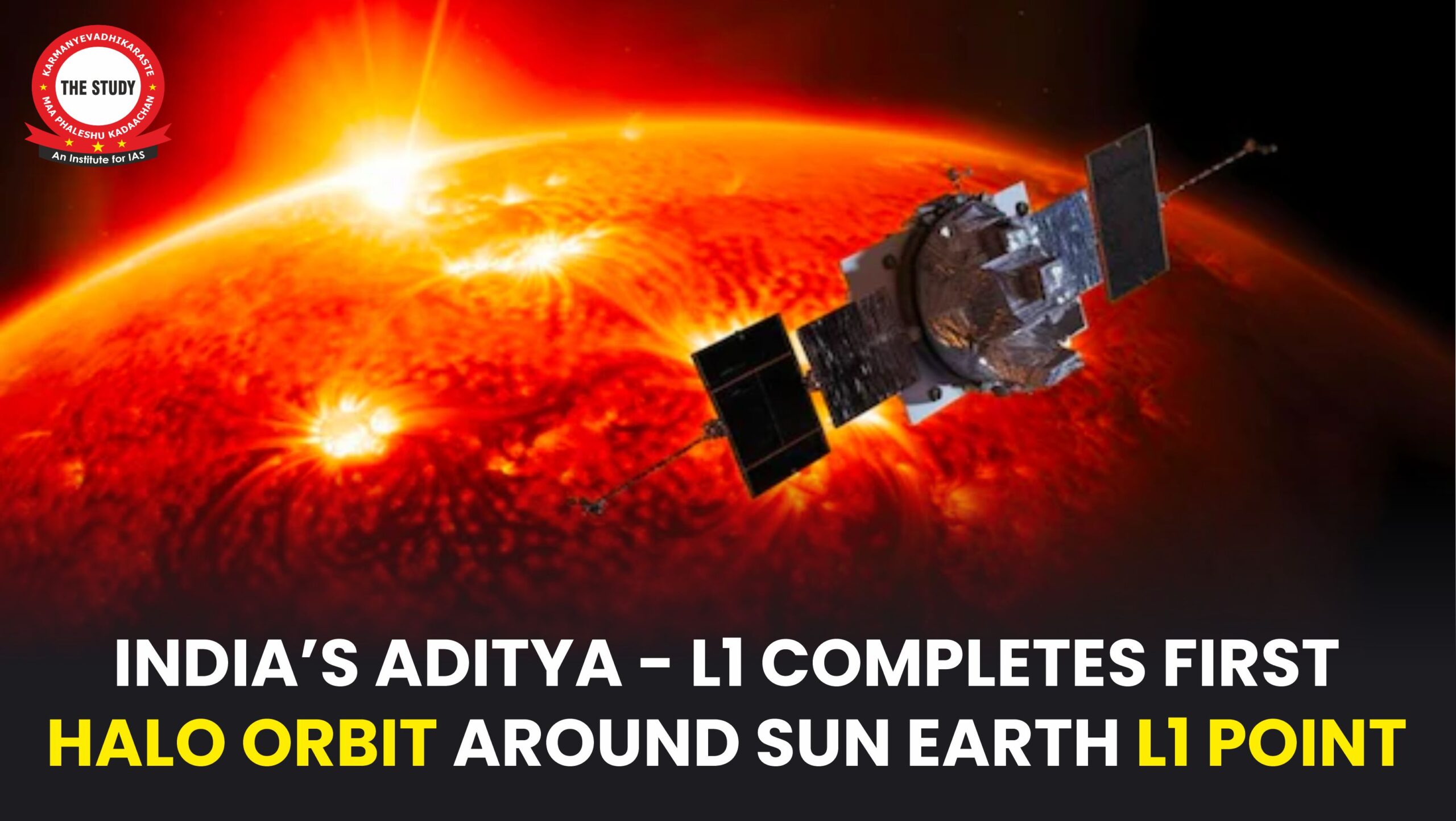Font size:
Print
HYLENR: Cold Fusion Technology for Clean Energy Generation
Context:
An Indian startup, HYLENR, has gained a groundbreaking milestone by demonstrating the world’s first cold fusion technology for clean energy generation.
The company, based in Hyderabad, has developed a patented Low Energy Nuclear Reactor (LENR) that promises to revolutionise power generation.
Key Highlights:
- Heat Amplification Ratio: Achieved consistent 1.5x heat amplification (150 watts from 100W input) during a live demonstration.
-
- The Science Behind It: Hydrogen cold fusion occurs as two hydrogen atoms come and generate fusion.
- That creates Helium3 (unstable) and then another hydrogen atom fuses and this creates Helium4 (stable). The release of this excess hydrogen is creating this heat.
- The Science Behind It: Hydrogen cold fusion occurs as two hydrogen atoms come and generate fusion.
- HYLENR has spent a decade developing its LENR technology and plans to invest further and raise funds for commercialisation.
- They currently operate an R&D facility at T-HUB in Hyderabad and plan to establish another in Bengaluru.
- Earlier in April, US-based fusion startup Zap Energy achieved plasma electron temperatures of 1-3 keV with their small-scale, compact device, equivalent to 20 to 66 million ℉ (11 to 37 million ℃).
How HYLENR Works?
- HYLENR’s reactors utilise LENR (commonly known as “cold fusion”).
- By applying milligrams of hydrogen and a small volume of electricity, these reactors stimulate and generate excess heat through fusion.
- They can produce at least 1.5 times more energy heat than the input energy, making them highly desirable for power generation.
Applications:
- Space Applications (MMRTG): The technology can provide heat for space missions.
- Steam Generation: Suitable for various applications.
- Room Heating: Especially beneficial in cold regions globally.
- Induction Heating: It is useful for domestic and industrial requirements.
- Reduced Risk Profile: HYLENR devices can significantly decrease risk in space missions.
The Patent and Future Goals:
- The Indian government has granted a patent for HYLENR’s innovative technology.
- The company aims to scale up the output to achieve 2.5 times the input energy for cold fusion.
- HYLENR seeks to integrate LENR with existing power generation systems, enhancing efficiency and reducing reliance on traditional energy sources.

Nuclear Fusion
|



